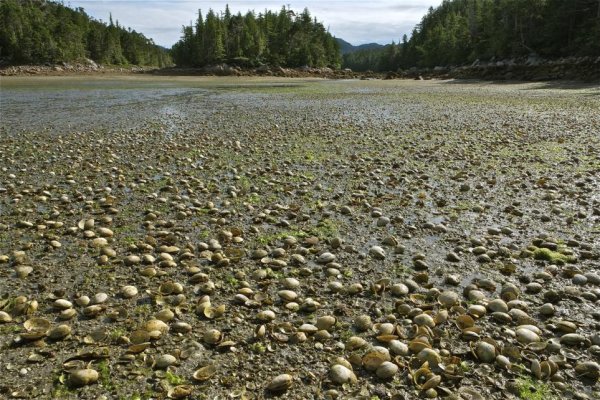This thread reminded me of a product the company I worked at used to build in the early 70s. The Camtrack it was articulated with four driven rubber belt with crossbars tracks, all driven, each track on a walking beam axle. I dont remember what engine but it had very low ground pressure and could navigate swampy, or dry, areas very well.
We did sell several in Washington State where they were used in a clam farming operation. I believe it was run by one of the Native American tribes through some government organization or lands. They would drive these Camtraks out to the clam areas at low tide to tend to or harvest the clams.
There was not a big market for these things back then, they were fun to drive but expensive, so we dropped the line a few a few years. In today's world where big bucks are spent on toys they probably would be a hit.







